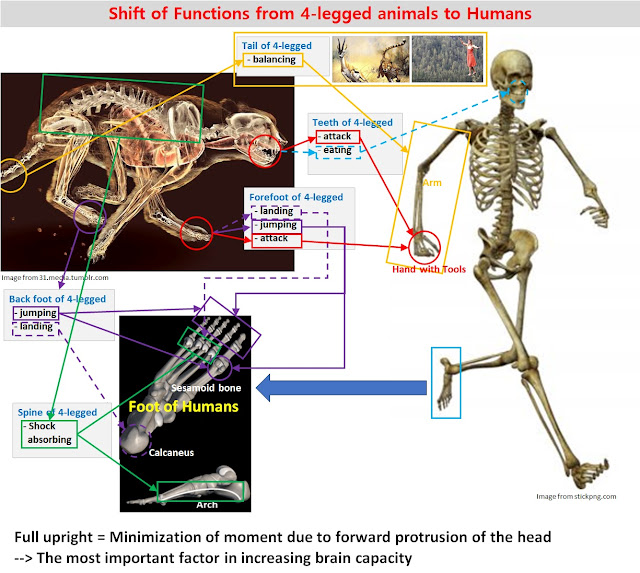I define depression as a side effect that occurs because humans, who have evolved to be suitable for running, live in a sitting-centered modern society.
The main causes of depression can be summarized into two main causes: poor blood circulation and stress. Wildfires are very closely related to humidity, so they occur intensively between January and May in Korea. Suicide is deeply related to blood circulation and occurs especially often between December and May. Depression is also physically closely related to poor blood circulation, and poor blood circulation is closely related to temperature, exercise, and posture. Mentally, excessive stress due to various reasons has a major impact.
Exercise, stress, and posture are not only individual problems, but also social and systemic problems. It is the fate of modern people who must live in a modern sitting-oriented society with a body suitable for the running-oriented society of the Paleolithic Age. Modern people still have a body suitable for hunter-gatherer life in the Paleolithic Age, and this body has been evolved to effectively control short and strong stress. As a way to overcome depression, creating an environment that is exposed to short and strong stress seems to be a good solution. Looking at statistical data related to depression, it can be observed that smartphones have shown a marked increase since around 2007, when they began to become popular.
In our body, sympathetic nerves are activated in crisis situations and parasympathetic nerves are activated in rest mode. However, if stress persists, both sympathetic and parasympathetic nerves are deactivated. Even when you rest, your body cannot recover properly. Therefore, the overall function of the body, including blood circulation, is naturally deteriorated, and depression is intensified.
It can be seen that society becoming safe is proportional to the degree to which the need to worry about survival-related food, clothing, and shelter problems is reduced. Eating less food seems to be one of the keys to longevity because eating less does not make the body's system lazy. In the end, it seems that society becomes safe can be interpreted as its members' body systems becoming lazy and less entertaining stimuli. Until the degree to which society becomes safe reaches a certain level, it contributes positively to human mental activities, but when it exceeds a certain level, it seems to contribute negatively.
Daily life centered on sitting --> Causing continuous low-intensity stress (sitting in a hunched position for long periods of time, studying/working, emotional labor, long-term discord, bullying, bullying, etc.) --> Depression --> Dysautonomia --> Decreased breathing --> Causes poor blood circulation --> Lack of sustained blood supply to some parts of the body --> Reduced physical activity --> Petrification of unused muscles --> Postural distortion and accelerated decline in physical function --> > Nervous system degeneration --> Disease occurs mainly in weak areas



.jpg)
.jpg)
.jpg)
.jpg)

